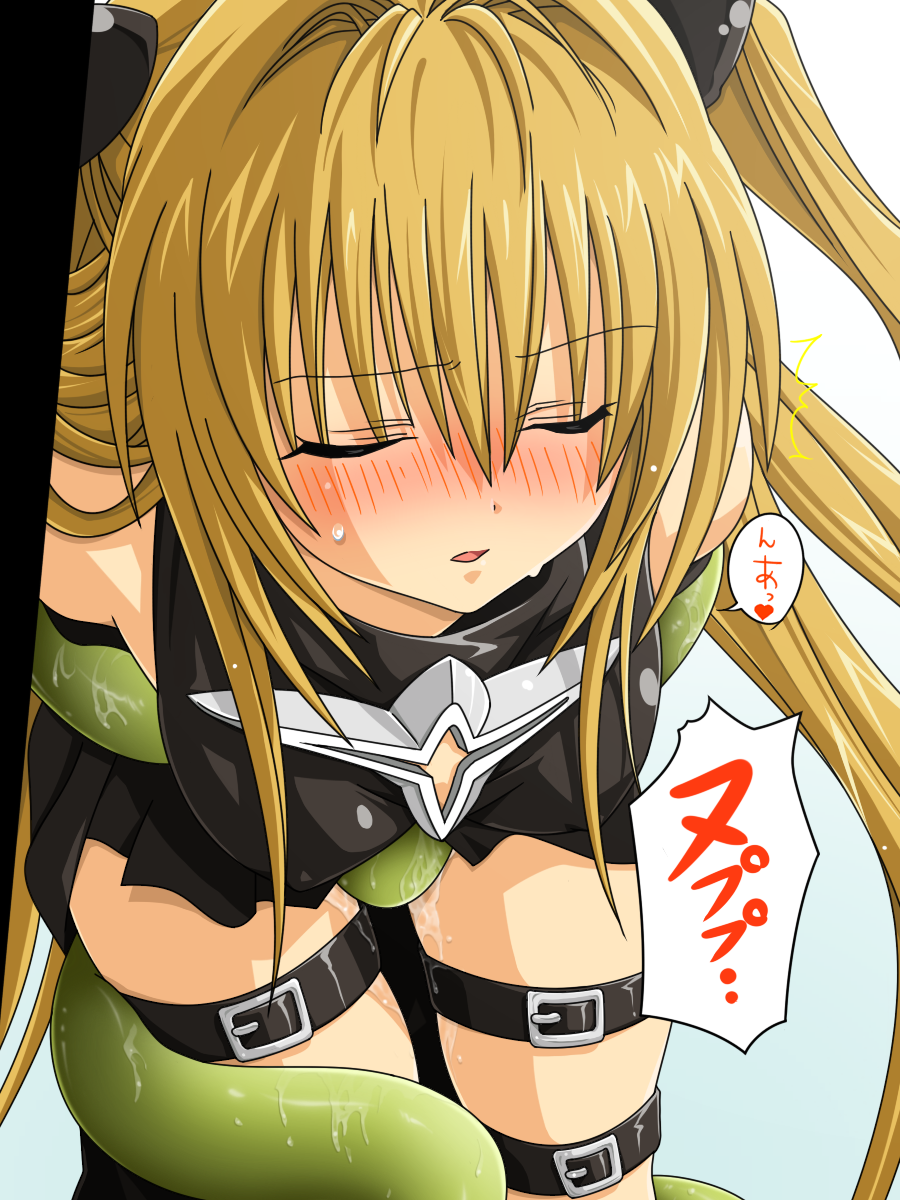
Edit | Leave a Comment | Favorite
User Comments:
Jerl commented at 2013-03-21 12:09:23 » #1287204
Close, but a little off.
While "ŋ" is one sound represented by ん, it isn't the only one. The actual sound represented depends on the position. Furthermore, using IPA characters like ŋ is incredibly confusing to most readers, who have no idea what the symbol is or what it's supposed to mean. For this reason, most Romanization systems instead transliterate ん into simply "n".
The first line reads "んあっ♥". The っ is a small つ, the same small つ used to strengthen the consonant, such as in words like 待って (まって). This is frequently used at the ends of lines like this to show that the sound is sharply cut off. This doesn't actually change anything about how the word is pronounced, but simply shows emotion.
The second line reads ヌププ, all in katakana. プ is the katakana ぷ, written "pu" in romaji.
Use of the iterative marks in hiragana and katakana is extremely rare, so always assume that what you are looking at is actually hiragana or katakana characters first before assuming iterative marks.
 1 Points
1 Points
 Flag
Flag
Close, but a little off.
While "ŋ" is one sound represented by ん, it isn't the only one. The actual sound represented depends on the position. Furthermore, using IPA characters like ŋ is incredibly confusing to most readers, who have no idea what the symbol is or what it's supposed to mean. For this reason, most Romanization systems instead transliterate ん into simply "n".
The first line reads "んあっ♥". The っ is a small つ, the same small つ used to strengthen the consonant, such as in words like 待って (まって). This is frequently used at the ends of lines like this to show that the sound is sharply cut off. This doesn't actually change anything about how the word is pronounced, but simply shows emotion.
The second line reads ヌププ, all in katakana. プ is the katakana ぷ, written "pu" in romaji.
Use of the iterative marks in hiragana and katakana is extremely rare, so always assume that what you are looking at is actually hiragana or katakana characters first before assuming iterative marks.
1





